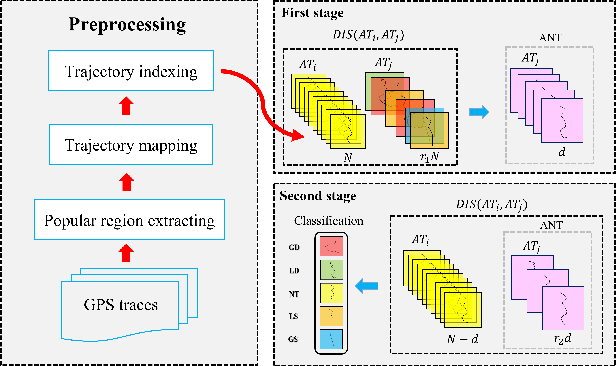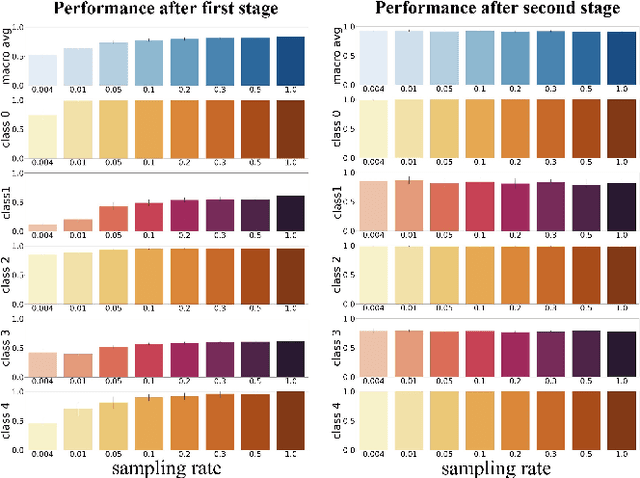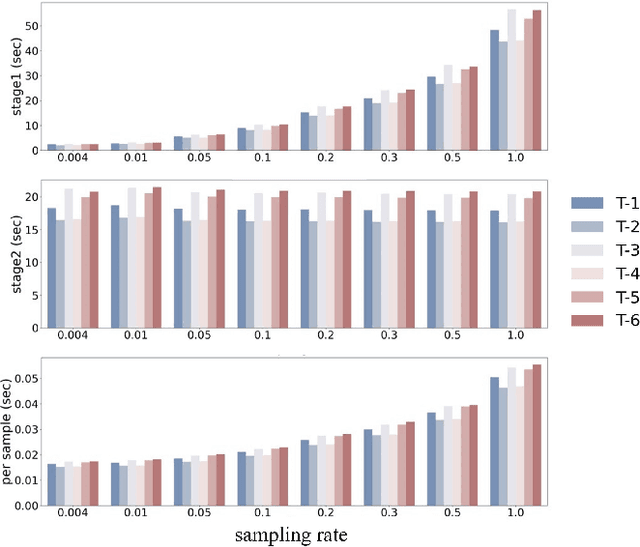FastATDC: Fast Anomalous Trajectory Detection and Classification
Paper and Code
Jul 23, 2022



Automated detection of anomalous trajectories is an important problem with considerable applications in intelligent transportation systems. Many existing studies have focused on distinguishing anomalous trajectories from normal trajectories, ignoring the large differences between anomalous trajectories. A recent study has made great progress in identifying abnormal trajectory patterns and proposed a two-stage algorithm for anomalous trajectory detection and classification (ATDC). This algorithm has excellent performance but suffers from a few limitations, such as high time complexity and poor interpretation. Here, we present a careful theoretical and empirical analysis of the ATDC algorithm, showing that the calculation of anomaly scores in both stages can be simplified, and that the second stage of the algorithm is much more important than the first stage. Hence, we develop a FastATDC algorithm that introduces a random sampling strategy in both stages. Experimental results show that FastATDC is 10 to 20 times faster than ATDC on real datasets. Moreover, FastATDC outperforms the baseline algorithms and is comparable to the ATDC algorithm.
 Add to Chrome
Add to Chrome Add to Firefox
Add to Firefox Add to Edge
Add to Edge